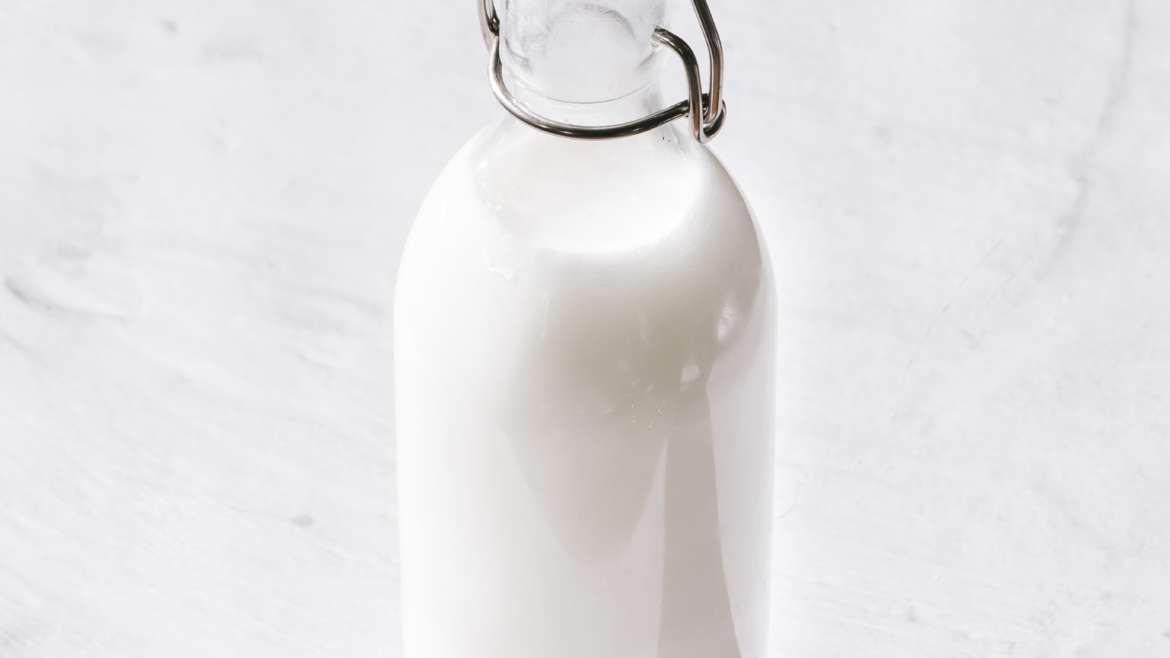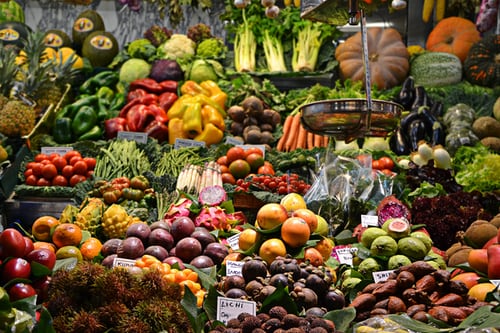Did you know?? that cows milk is the most common food allergy in children younger than 5.
It may seem surprising that we don’t hear more about it, maybe it’s because most kids grow out of it. Not everyone does, however, and in the United Kingdom it was found to be the most likely food allergy leading to death in school aged children. Part of what makes milk allergy more dangerous is the lack of awareness. Here are some useful facts about milk allergy
- Milk allergy is different from milk intolerance
- Milk intolerance: 70% of people lack the enzyme lactase which helps break down the sugar in milk. Symptoms include bloating, abdominal cramps, diarrhea and increased gas. It is not life threatening
- Milk allergy: affects about 2% of children under 4 years old. A complex mechanism of the immune system triggers IgE antibodies which illicit mild to severe symptoms such as rash, vomiting, difficulty swallowing and difficulty breathing every time milk is ingested. It typically dose not require much milk to illicit an allergic reaction.
- Babies with colic or reflux are often misinterpreted to have milk allergy. Babies with true milk allergy are more commonly known to have symptoms such as chronic diarrhea, hives, moderate/severe eczema, mucous or blood in stools. But talk with your provider about any concerns of milk allergy because every baby is different.
- Most kids with milk allergy will have their first reaction before the age of 2yo though it is often under-reported
- Kids with milk allergy are twice as likely to grow out of it than those with other food allergies
- For most children and adults, milk is a healthy option that contains a high source of calcium and protein. Milk plays an important role in maintaining strong bones. Those with milk allergy need to find other ways to keep up with the recommended amount of daily calcium and protein.
- Lab testing is recommended in some cases, however, more often a controlled food challenge is sufficient to make the diagnosis of milk allergy
- Treatment includes avoidance of milk products and in some patients may necessitate a prescription for an Epipen in case of emergencies.
- Signs of anaphylaxis include, hives, vomiting, swelling of lips or mouth, trouble swallowing or trouble breathing. If your child has any of these symptoms go straight to the ER.
Resources:
- Marill, M. C. (2021). Milk is overtaking nuts as top food allergy threat. Pediatric News, 55(6),



